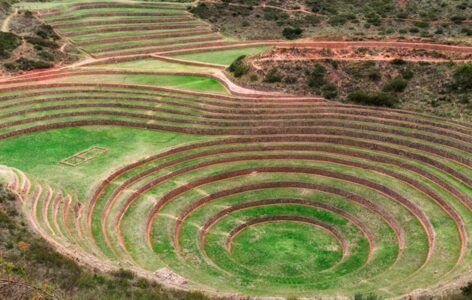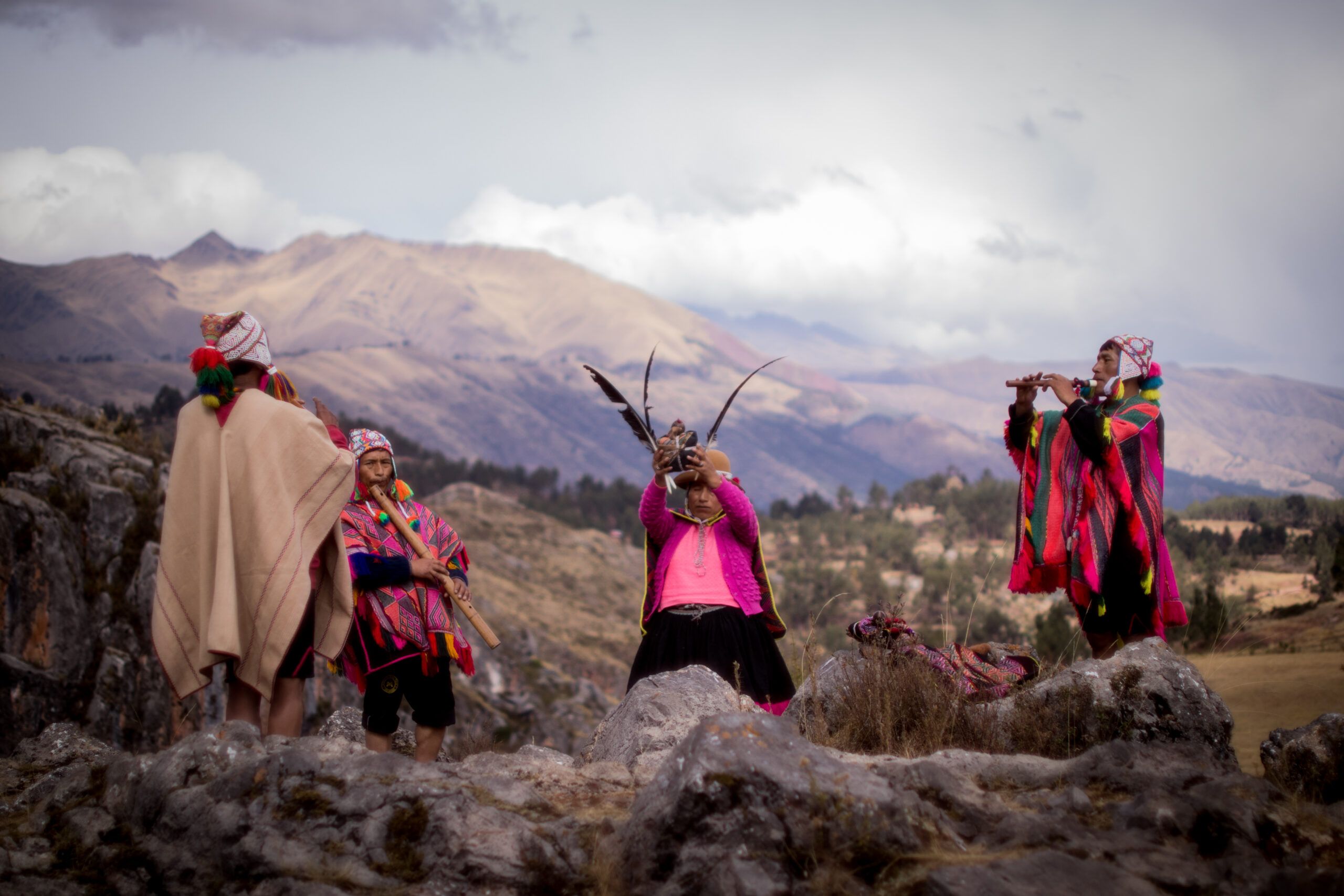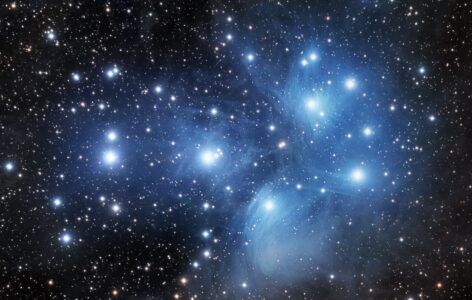Welcome to the fourth part of the description of the elements of the inca altar of the Qoricancha! A representation of the Andean cosmovision.
It shows us the hierarchies of the Andean criteria; moreover, it explores the reasons for correspondence and equality, presenting a symbol that is still being studied.
If you haven’t seen Part 1, Part 2 or Part 3 yet, we remind you to read them first and then come back here.
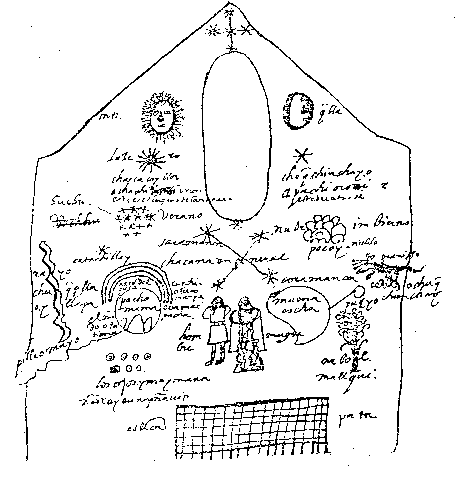
Symbols Description
Pachamama
It is the place where humans live, surrounded by all living beings, spiritual entities, ancestors, Huacas, timeless beings, and the spirits of Ukhu pacha or the inner world of the Earth.
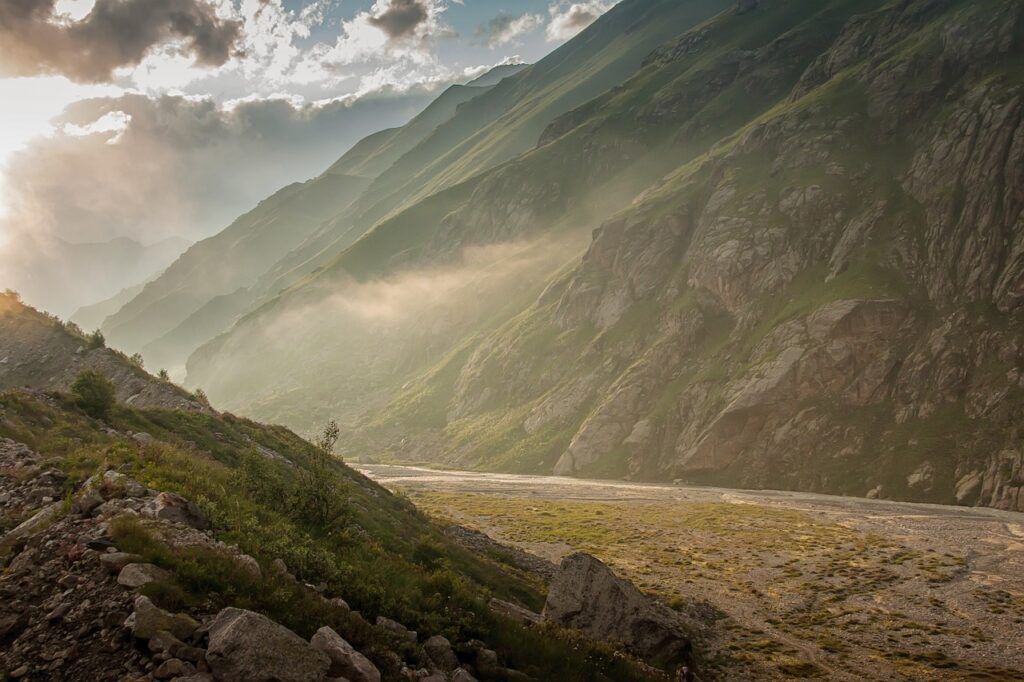
Alongside them, humans live and share the created world with all creatures.
For the Andeans, they imagine the earth as a living being, a coiled serpent that sleeps deeply. Furthermore, within its depths, it harbors a strange red sun that once tried to dominate Ccorinti, the golden sun; however, the serpent swallowed it, and now it resides within her.
Amaru Mayu
The serpent river.
It is the symbol of the eternal journey; the river is movement and gives rhythm to the lives of men.

Many years after founding Cusco, Manco Capac heads to Paucartambo. From there, he follows the course of the Yavero River until it meets the Upper Urubamba very close to the Pongo de Mainique.
The Inca returns by ascending the Alto Urubamba to the Pampa de la Luna or Killapampa.
From there, he returns on foot to Cusco, passing through the Plain of the Gods or Villacapampa and through of the Old Mountains or Machu Picchu.
Willca Mayu
The sacred river.
It is an underground river that is traversed by beings from the inner world or Ukhu Pacha.
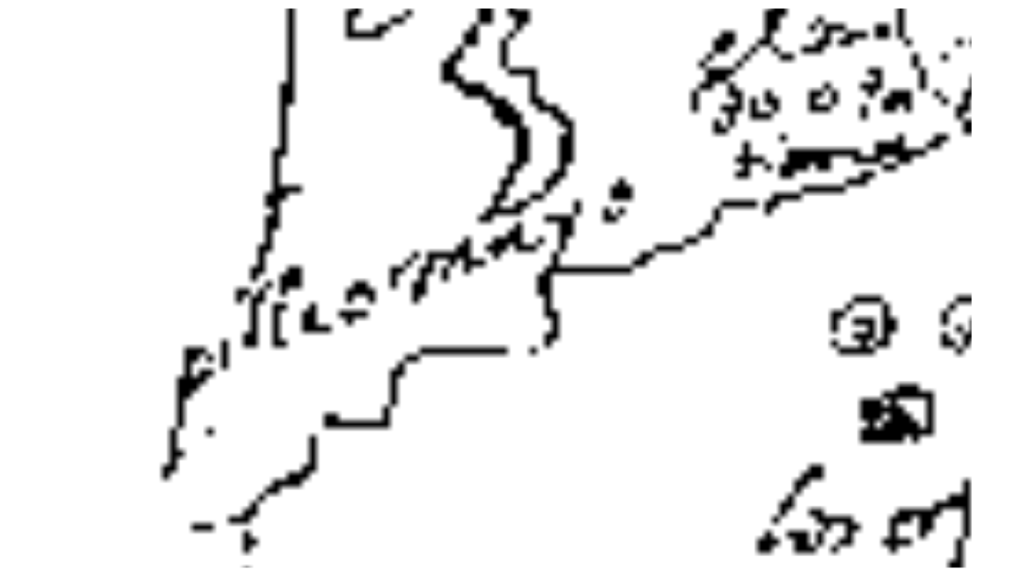
Along this river, Andean priests travel to treat the souls of the dead or to converse with them.
According to Inca mythology, underground rivers were illuminated by thousands of precious stones and inhabited by Utis or elves, where the souls of children, known as “opas” or fools, would become lost.
The underground rivers were the path of the Apus or Soccas.
Apus
The Apus are the angels of the Andean religious cosmology.
God entrusts them to protect human beings and act as shepherds of people, known as “Runa Micheq,” guiding them through life by providing information about the past and present.

The Apus individually protect each being, as well as communities, cities, entire nations, or the entire earth.
Among them, there are hierarchies:
- A familiar Apu is called “Runa Micheq”
- The Apu of a community (ayllu) is called “Ayllu Apu”
- For a city (llacta) it is “Llacta Apu”
- For a region (suyo) it is “Suyuyoc Apu”
The Apus have their feminine counterparts in the Ñustas, female spirits who care for animals and plants. They also live in mountains or in rocks with strange characteristics.
References:
- Candia M, C; Del Solar, M y Iwaki O, R. (1994). Altar Inka del Ccorik’ancha. Cuadernos Andinos Nº10.
- Estermann, J. (1998) Filosofía Andina. Un estudio intercultural de la sabiduría autóctona andina. Biblioteca Seminario San Antonio Abad, Cusco.

